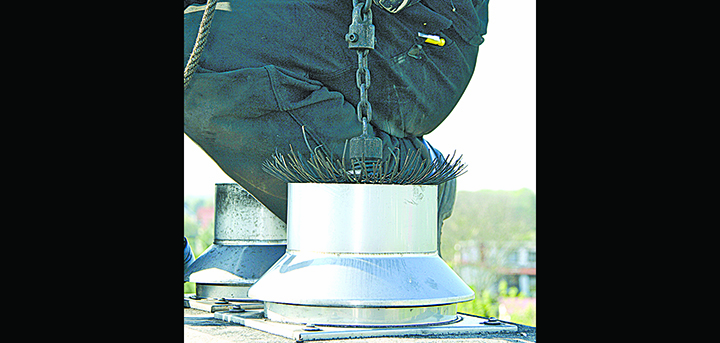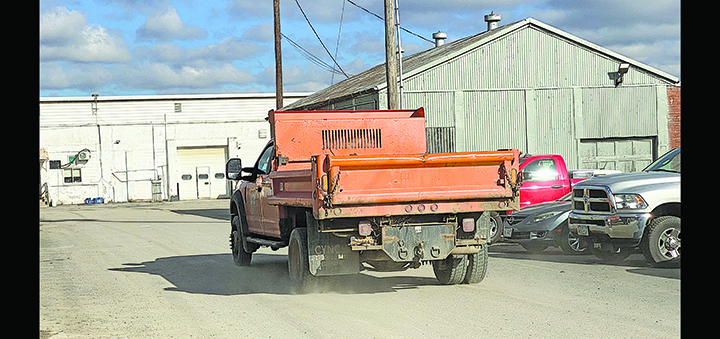County officials wary of tax cap amidst challenging 2025 budgeting process
NORWICH – Facing issues like inflation, weakened revenues, escalating costs, and a shifting financial burden of mandates from the state to the county, Chenango County officials are in the midst of the most challenging budgeting season they’ve seen in years.
The county’s annual fiscal plan consists of 65 separate budgets, submitted by 35 departments. Department heads are now combing through the details of their office budgets to be reviewed by board committee members prior to the releasing a draft county-wide budget in November.
Despite the continuation of New York State’s 2 percent property tax cap for local governments in 2025 (equating to about $800,000 for Chenango), county officials are uncertain that they can stay below that threshold.
“At this point in time, it’s very hard for me to call where it might go; but I think there is a good likelihood that we will have a hard struggle meeting the cap,” said Chenango County Treasurer Bill Craine. “We’re not quite far along enough in the process.”
Craine pointed to a number of factors driving concerns over next year’s budget, chief among them being inflation. The Chenango County Board of Supervisors passed a $112 million budget for 2024, exceeding the 2 percent state tax cap with a 3.5 percent increase over the previous year. Factoring in inflation, county supervisors are looking at a nearly $3.5 million additional needed to continue services next year.











Comments